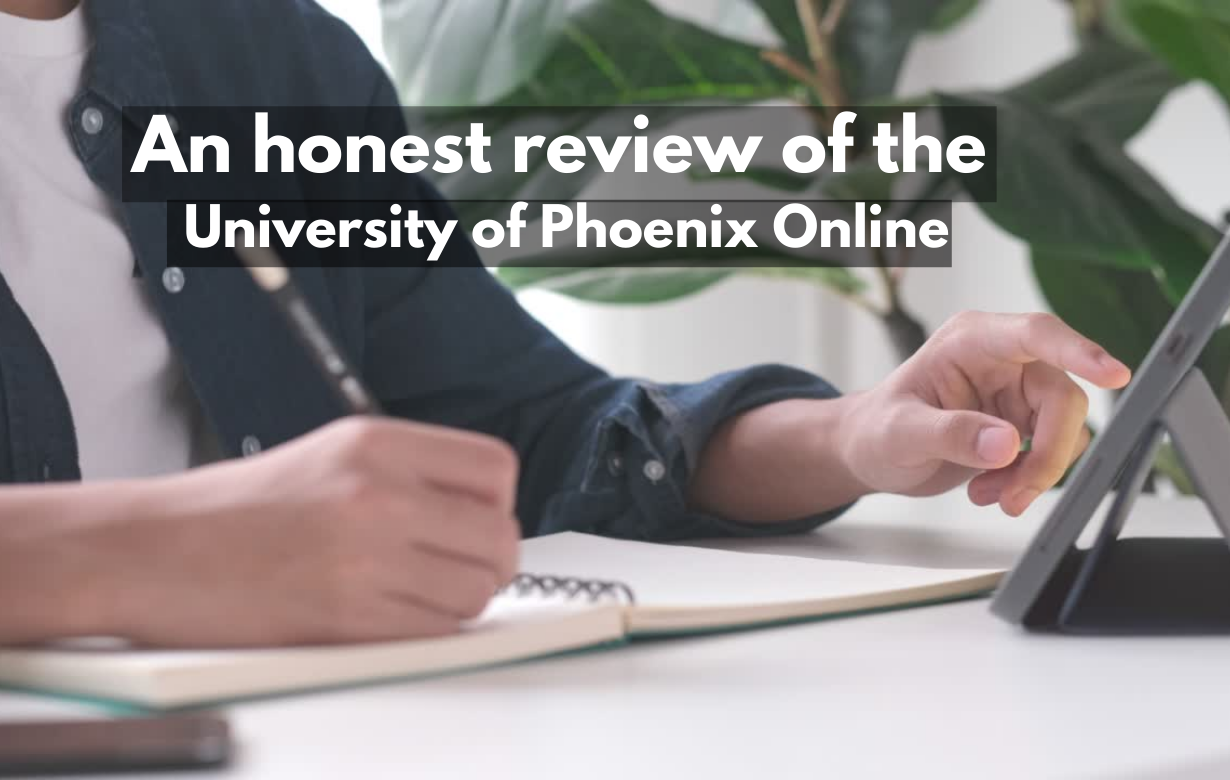An honest review of the University of Phoenix Online
 |
| An honest review of the University of Phoenix Online |
The University of Phoenix Online has been around for nearly a decade and a half. Established in 1989, it was the first recognized online university, and with over 57,000 enrolled students, it is now the biggest private, accredited, 'for-profit' online institution in the United States. The University of Phoenix is often the first name that comes to mind when people think of an online university due to its long history and well-known brand. This reputation is not without merit, as the university provides students with several benefits that other online institutions cannot match. However, not everything about this institution is excellent.
Because of its long existence, the university has mastered the art of serious online instruction. The program has been designed to satisfy the needs of working individuals who want to augment their working knowledge with theoretical and practical skills while also obtaining a degree that other online colleges do not provide.
Virtual classrooms with skilled online teachers, flexible yet rigorous classroom participation, and assignment submissions make learning more comfortable.
As a result, students may finish almost 27 credits each year, compared to 15 credits for typical on-site campus learning students. With just 11 students in the class, the student-to-instructor ratio is low, allowing for more one-on-one engagement. When not coaching students in the classroom, the teachers are CIOs, CEOs, and CFOs of well-known firms.
However, like with everything in the world, there are drawbacks, and this university is no exception.
Students sometimes complain about professors of below-average quality who do not engage in discussions or evaluations to the extent promised. In some situations, communication skills were lacking, while in others, entire or partial silence was noticed in response to submitted queries. This is a significant claim, given that excellent communication and fast interactions with class members are critical components of any online course. Furthermore, students often say that when they express a problem or complaint to the designated 'advisor', an interminable thread of correspondence ensues, with little or no action taken.
Some ex-instructors have come out and said that their salary is pathetic when compared to other colleges, and as a result, motivation and desire to perform are low. This often leads to a large turnover of teachers. It seems that the principal criticism, poor teaching quality, is closely related to the amount of salary granted to these academics.
Another drawback concerns the technology itself. The institution says that the online software platform was created in partnership with Microsoft. One would anticipate the mail-receiving and disseminating platform to be far more advanced and complex. Instead, there is clear proof that they use the infamously unreliable Outlook Express for this purpose. Another issue is that the servers might be fairly sluggish at times. These two issues are worth mentioning because online training requires a fast and reliable interface with minimal downtime.
As a result, a sluggish performance in this area might have major consequences for the whole institution.
Finally, there is concern over the 'excessive' costs that are imposed. It may be similar to various other online institutions of its kind. However, for students who are already dissatisfied with the quality of education being provided, it may snowball into larger bundles of dissatisfaction.
All of this may seem like death for online education, particularly for the University of Phoenix. However, when dealing with thousands of students, there will undoubtedly be a few who are disappointed. Life is about change and progress. Having said that, the majority of University of Phoenix students have and will continue to express their satisfaction with the institution. While it is evident that it has certain limits, the possibility of getting a degree quickly and affordably from a well-known and reputable university makes the offer highly appealing to many.
Summary
The University of Phoenix Online has been in operation for almost a decade and a half. Established in 1989, it was the first recognized online university, and with over 57,000 enrolled students, it is now the biggest private, accredited, 'for-profit' online institution in the United States.
